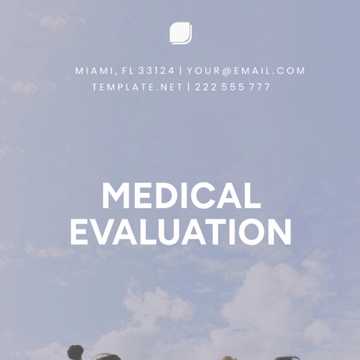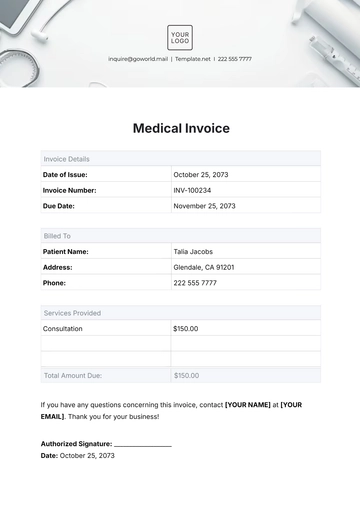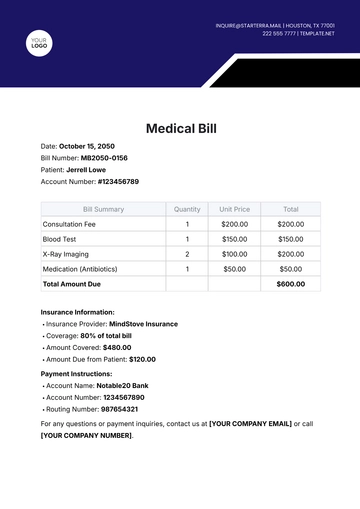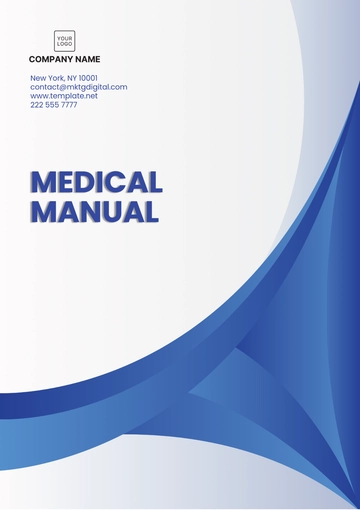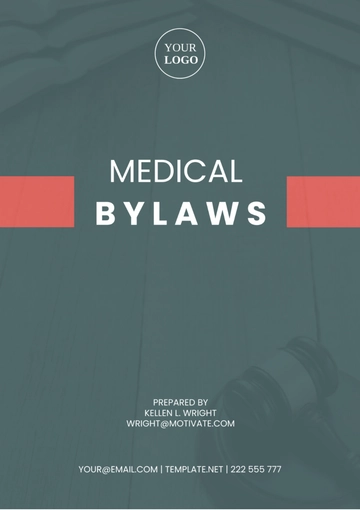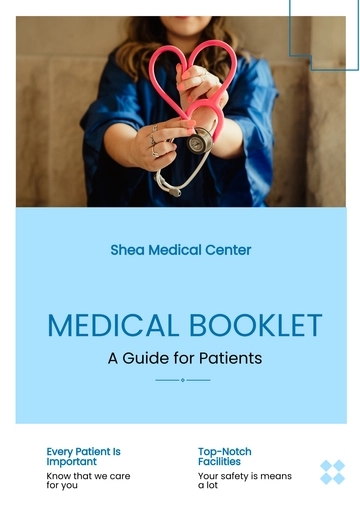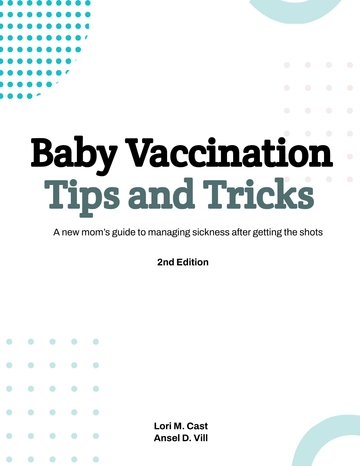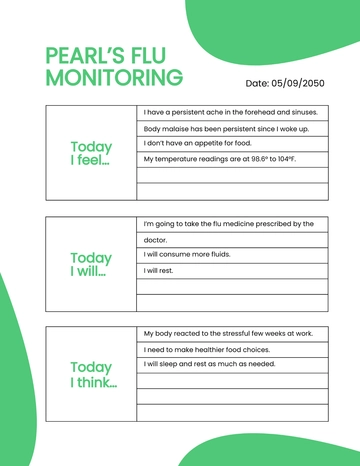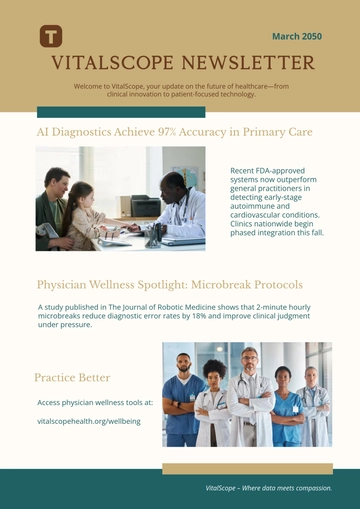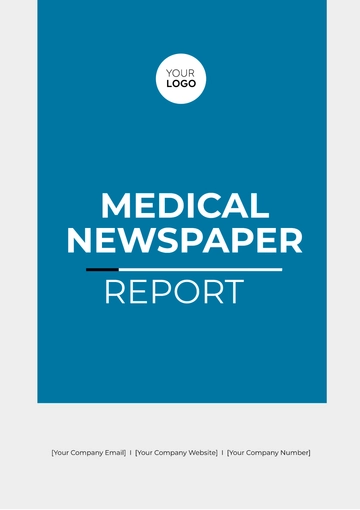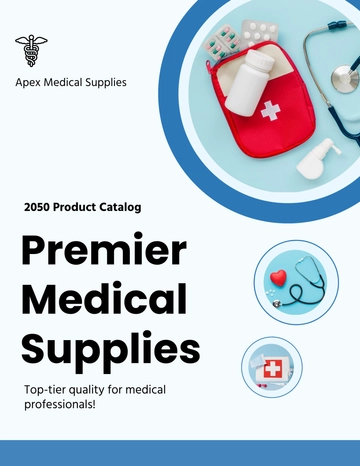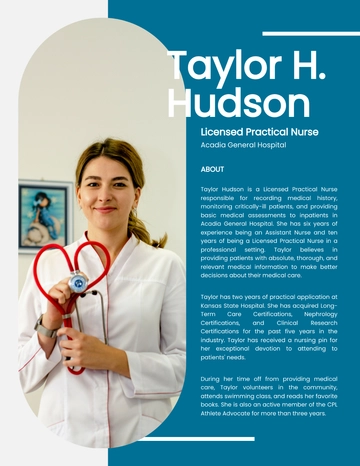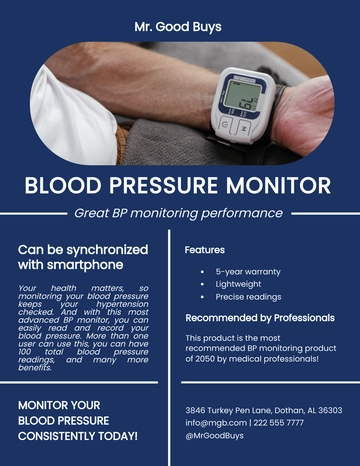Free Medical SBAR
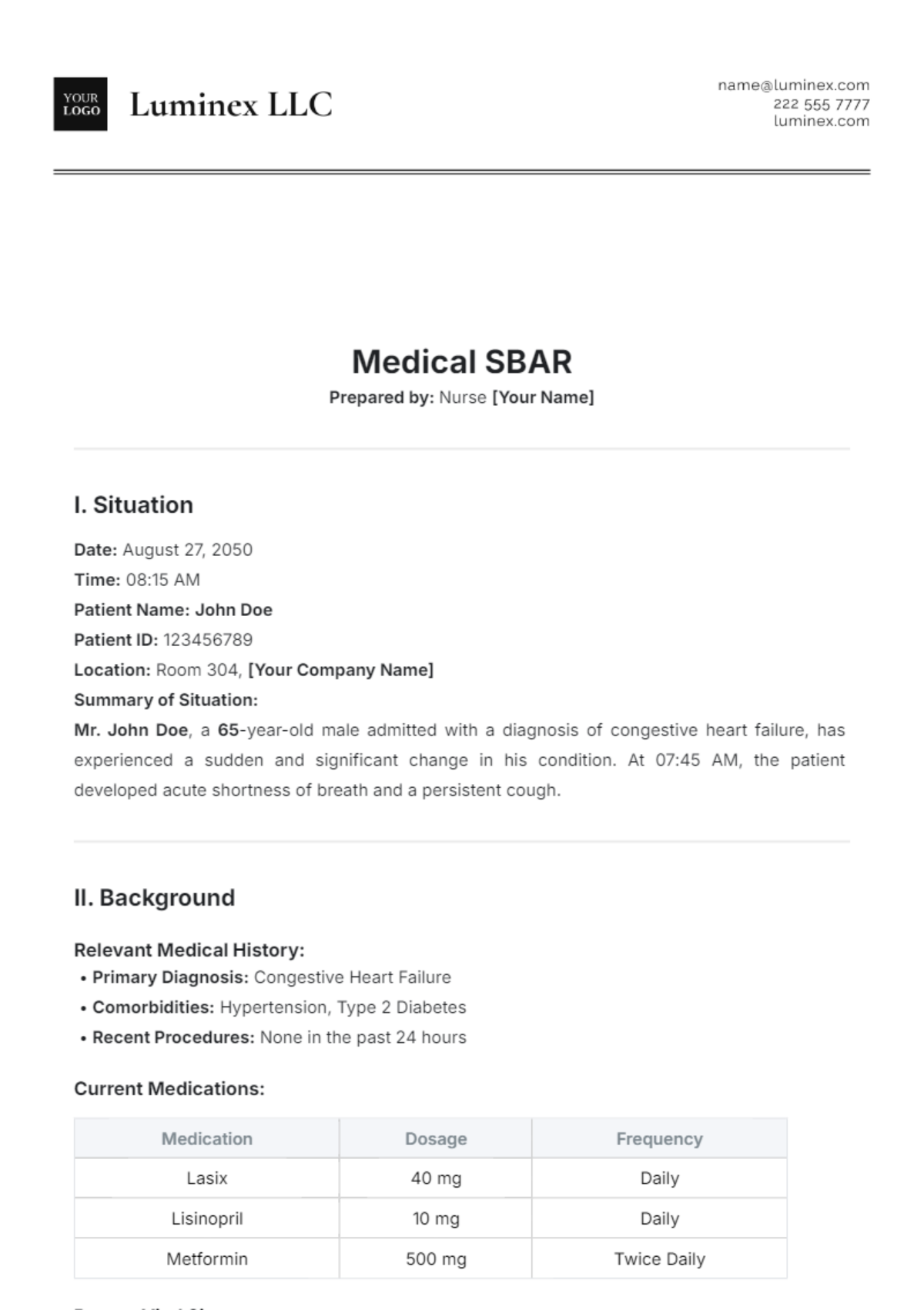
Prepared by: Nurse [Your Name]
I. Situation
Date: August 27, 2050
Time: 08:15 AM
Patient Name: John Doe
Patient ID: 123456789
Location: Room 304, [Your Company Name]
Summary of Situation:
Mr. John Doe, a 65-year-old male admitted with a diagnosis of congestive heart failure, has experienced a sudden and significant change in his condition. At 07:45 AM, the patient developed acute shortness of breath and a persistent cough.
II. Background
Relevant Medical History:
Primary Diagnosis: Congestive Heart Failure
Comorbidities: Hypertension, Type 2 Diabetes
Recent Procedures: None in the past 24 hours
Current Medications:
Medication | Dosage | Frequency |
|---|---|---|
Lasix | 40 mg | Daily |
Lisinopril | 10 mg | Daily |
Metformin | 500 mg | Twice Daily |
Recent Vital Signs:
Vital Sign | Value | Time |
|---|---|---|
Blood Pressure | 150/95 mmHg | 07:30 AM |
Heart Rate | 88 bpm | 07:30 AM |
Respiratory Rate | 22 breaths/min | 07:30 AM |
Temperature | 98.7°F | 07:30 AM |
III. Assessment
Clinical Assessment:
Physical Examination: The patient presents with bilateral crackles on lung auscultation and an increased respiratory rate. The patient appears dyspneic and is using accessory muscles to breathe.
Changes in Condition: Notable decrease in oxygen saturation levels (SpO2 88% on room air), which has not improved with supplemental oxygen (2 L/min via nasal cannula).
Current Concerns: Possible exacerbation of heart failure or an underlying respiratory infection. Immediate intervention is required.
IV. Recommendation
Suggested Actions:
Immediate Evaluation: Request urgent evaluation by a cardiologist to assess the need for advanced cardiac intervention.
Diagnostic Tests: Order chest X-ray and arterial blood gases (ABG) to determine the extent of pulmonary and cardiac involvement.
Treatment Adjustments: Consider adjusting diuretics and initiating broad-spectrum antibiotics if a respiratory infection is suspected.
Monitoring: Continuous monitoring of vital signs and oxygen saturation levels. Consider placing the patient on a higher-flow oxygen device if necessary.
- 100% Customizable, free editor
- Access 1 Million+ Templates, photo’s & graphics
- Download or share as a template
- Click and replace photos, graphics, text, backgrounds
- Resize, crop, AI write & more
- Access advanced editor
The Medical SBAR Template offered by Template.net is customizable, downloadable, and printable. Editable in our AI Editor Tool, it organizes communication into Situation, Background, Assessment, and Recommendation. This template enhances clarity and improves patient outcomes, ensuring effective communication among healthcare professionals for better decision-making and collaboration in medical settings. Ideal for streamlining vital information exchange.
You may also like
- Medical Resume
- Medical Letter
- Medical Flyer
- Medical Certificate
- Medical Banner
- Medical Business Card
- Medical Clipart
- Medical Business Plan
- Medical ID Card
- Medical Letterhead
- Case Report
- Medical Record
- Medical Brochure
- Medical Chart
- Medical Presentation
- Medical Invoice
- Medical Form
- Medical Planner
- Medical Proposal
- Medical Poster
- Medical Logo
